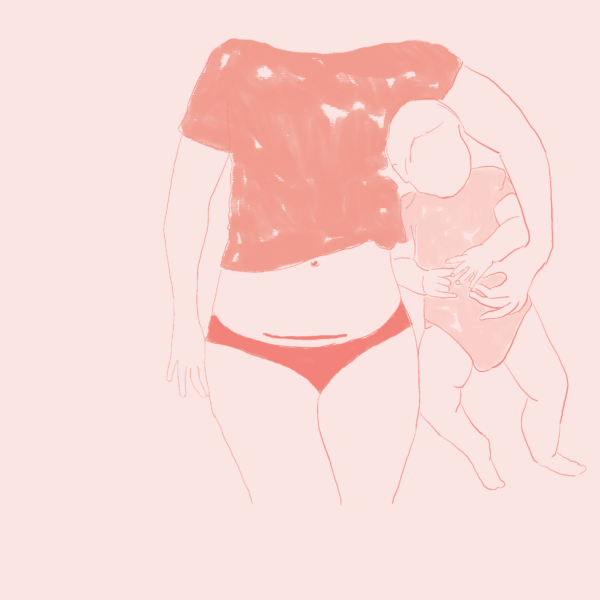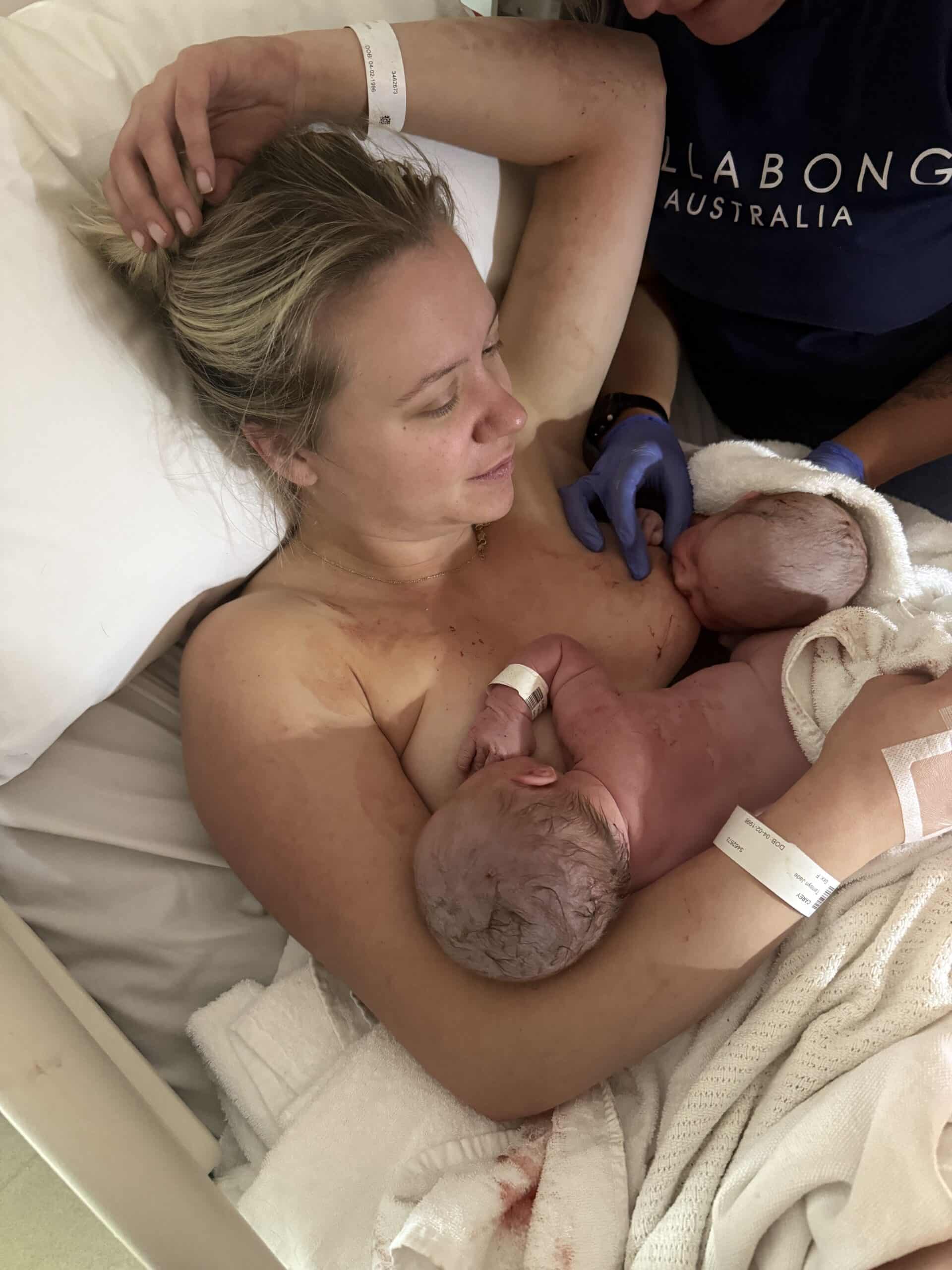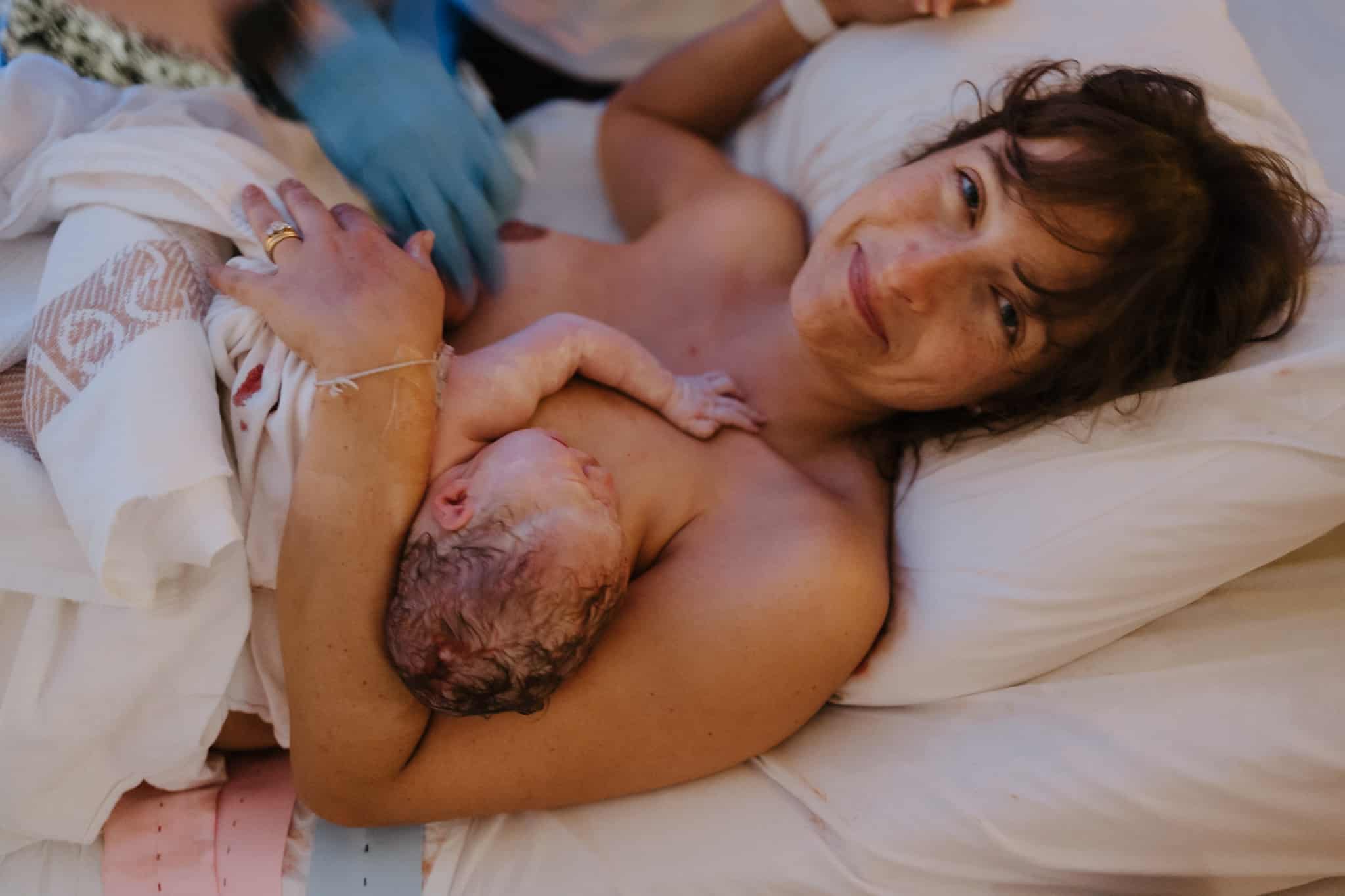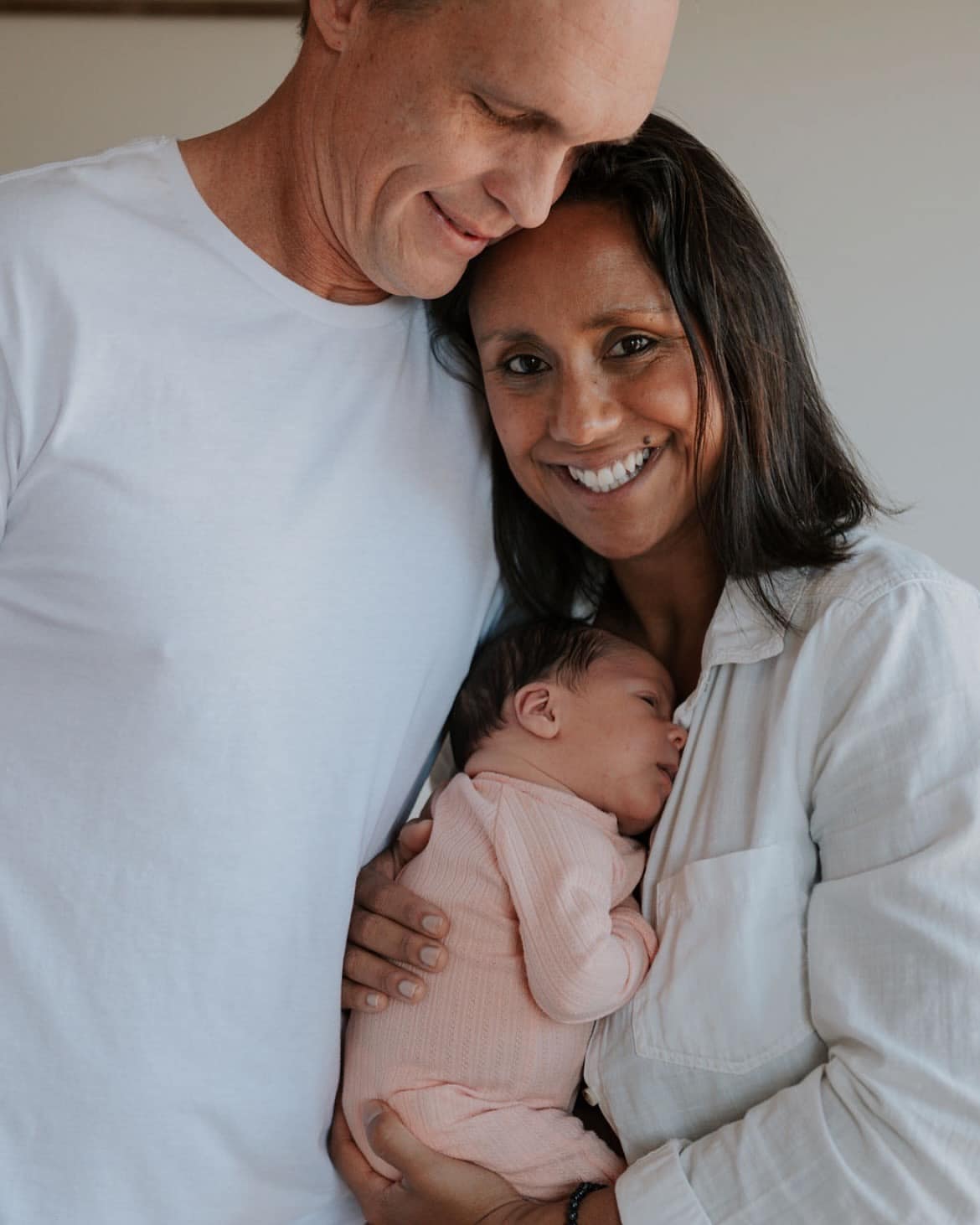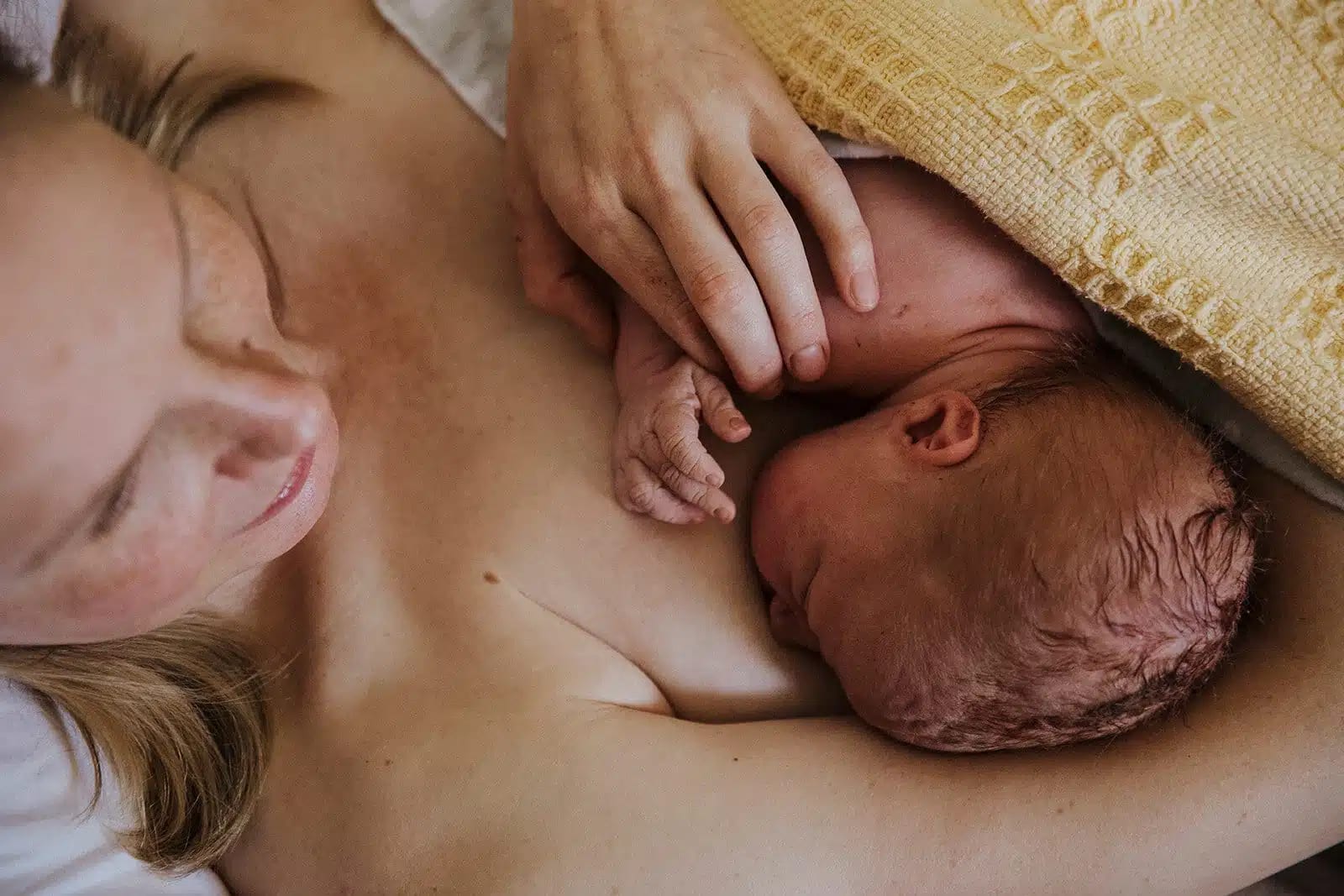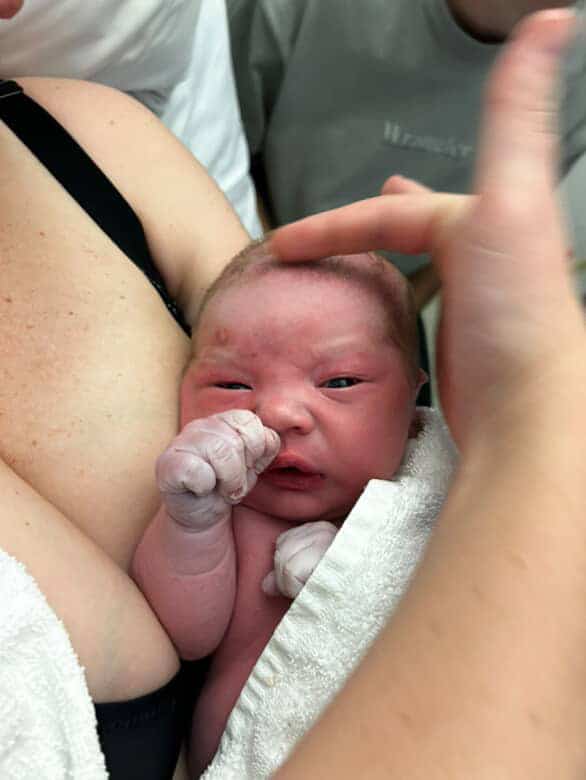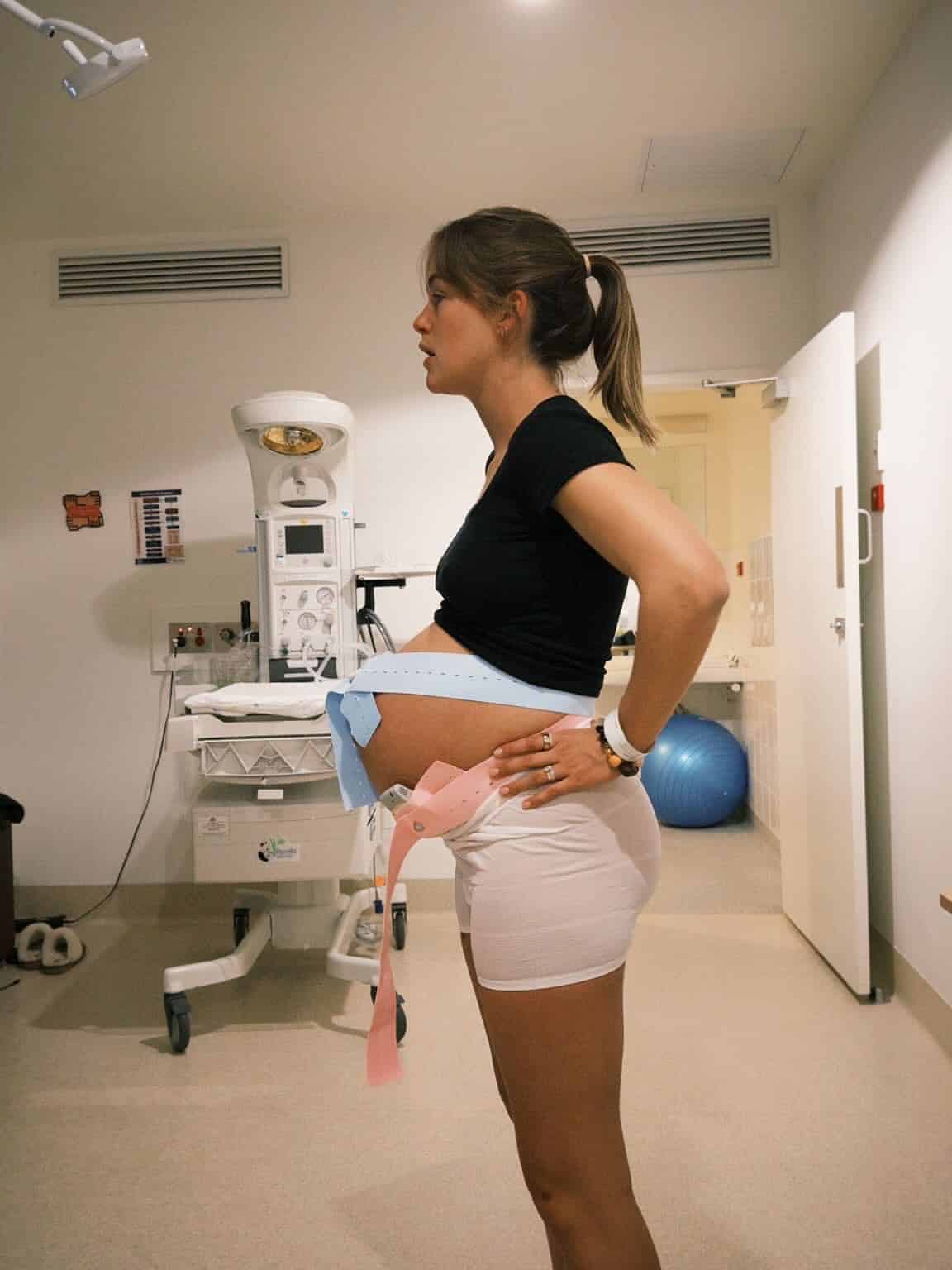Podcasts Clare Best
EPISODE 239
Clare Best
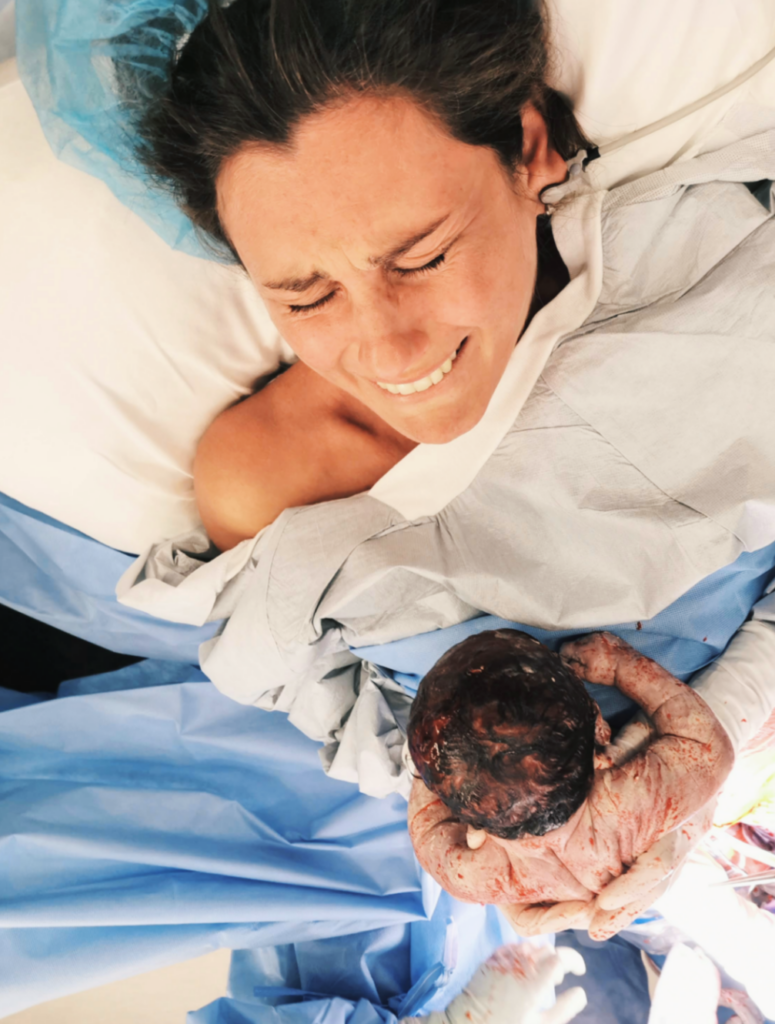
Clare was at a routine appointment with her GP when she mentioned her consistently heavy and painful periods were an indication of endometriosis and that she may have trouble falling pregnant.
“Cam and I had been together for eight years and we hadn’t been overly cautious with contraception…and we had never had a pregnancy scare even though my period was very regular, every 28 days. I went to see an OBGYN who booked me in for a laparoscopy but before then Cam and I decided that we’d try to conceive, and we did!”
Clare was accepted into the Midwifery Group Practice (MGP) program through Gold Coast University Hospital and only had mild nausea in her first trimester. At her 20 weeks scan, things changed. The sonographer called the doctor in and he informed Clare that her baby had a UPJ obstruction; a blockage in one kidney.
“It meant he could lose his kidney so they had to put me on more frequent monitoring. I was so upset and the mum guilt hit early; I took ownership of it from day dot although looking back it was a silly thing to think. Thankfully I had the opportunity to stay under the care of my midwife who started working with the maternal foetal medicine group and doing more regular scans and then an OB took over my case in the third trimester.”
A gestational diabetes diagnosis at 28 weeks was another shock hurdle, especially considering Clare’s dedication to a healthy and fit lifestyle. She managed to manage it with diet but by 37weeks her blood sugar levels were all over the place and her baby was measuring big so after discussions with her OB, a planned caesarean was scheduled.
“When they suggested a caesarean I naively thought it sounded a bit easier than going through labour. The caesarean went really well but the recovery was when everything fell apart. They came in and checked on my pain and fifteen minutes later I was writhing in pain, I was screaming and the nurses were pumping me with pain relief but my pain was so bad, I was in agony. They got me a private room and I was there for six days and then I had a very long recovery. I went into dips and dives of dread; I cried a lot for the first three months because it felt like my body was in such a battered place.
“They said when they opened me up that I had adhesions all over my body; the OB had to cut through layers and layers of it. I also have a caesarean shelf now; two-inches of my lower abdomen is numb from scar tissue. She advised me not to have another caesarean but I had only met her that day and she didn’t know much of my story. I think that’s the downside of caesarean births in the public hospital; you don’t meet the OB till the day of the birth.
“A few hours after he was born they did an ultrasound on his kidney and it was determined that he would have surgery to put a stint in. He was four-months-old when he had the operation and a month after that he started showing signs that something was wrong; he was vomiting, not feeding and lost about a kilo in a week. They did a blood test on him and his sodium levels were at a fatal level and they said he should be seizuring or unconscious and he was neither. He was in ICU for a week and then paediatric ward for a week. They still don’t know what was wrong but he’s been a healthy boy since then.”
Clare had private health cover for her second pregnancy and felt really supported by her OB from the start of her pregnancy who was confident in her surgical skills and offered Clare the opportunity to have a maternal assisted caesarean.
“Billy’s birth was very clinical and I craved that primal experience of pulling him up to my chest and having that moment. I said yes straight away because I knew there were other women fighting to have it and here I was being offered it. There’s not many videos online but I watched what I could and a week before the birth I went in to practise the sterilisation process. You have to scrub in like a surgeon does and instead of having the IV in your hand, it’s inserted into the top of the foot.”
By 14 weeks pregnant, Clare started experiencing symptoms of Gestational Diabetes. She started observing her bloods and after seeing her endocrinologist she managed it with diet until 18weeks when she started taking night insulin.
“There are so many risks that fall on the baby so I still had that anxiety but I knew what I needed to do this time and I was determined to do it. By the end I felt like a pin cushion and I was having insulin with every meal.
“At about 22 weeks I started thinking that I couldn’t carry this baby for much longer; I could hardly walk, I was not sleeping, and it just felt like he was going to fall out of me. By 30 weeks I was on reduced work and I just wasn’t carrying easily. It was a very different pregnancy and not comfortable at all. My OB wanted to schedule my caesarean for 39weeks but I fought for it at 38weeks.
“As she was cutting she mentioned just how extensive the scar tissue was and she had trouble getting Frank out. Usually you would put your hands under his arms and pull him out but they had to get him mostly out so she dropped the drape and I brought him up to me. He stayed on me through recovery which was beautiful but his blood sugars were really low; thankfully I’d expressed colostrum so they gave that to him and his sugars levelled out quite quickly.
“They did the newborn hearing test while we were in hospital and they couldn’t get a good reading; they presumed it was the vernix in his ears and encouraged us to give him a good bath. The second reading was similar and I still didn’t think anything of it, even though I’m a teacher of the deaf. We did a third test and they said they weren’t getting a reading from either ear.
“I’ve been teaching deaf children for 10 years and I just thought it was too ironic that I would have a deaf child. They referred us to the Gold Coast University Hospital and we put it off; we weren’t taking it seriously but apparently that’s quite common because parents are in denial. They showed me his audiogram and I was just in shock; I’m a part of the deaf community…I wasn’t heartbroken, I was just in shock.
“I was absolutely fine but the minute I told Cam I just burst into tears. Frank has moderately severe deafness in both ears and it’s a permanent loss…I was just trying to get my head around it. It took us a while to process it. The emotion came from knowing the barriers that are ahead for him. I’ve got so many deaf friends who are wonderful people but they have to fight barriers ever
y day.
“The medical field is big on getting the baby fixed. I had to be an advocate for him very early on. I’m fluent in AUSLAN but I also wanted him to have hearing aids but we had to look at all the appointments and we worked out what was most important for us and what could wait. We could easily spend 3-4 days a week in appointments but I don’t want that for him, he deserves to do all the things that babies should do.”
Topics Discussed
Baby hearing loss, Endometriosis, Gestational Diabetes (GD), Maternally Assisted Caesarean, Newborn hearing test
Connect
You can connect with Clare and follow her journey HERE
Episode Sponsor
THE CAESAREAN BIRTH CLASS, an informative and empowering online childbirth course that offers you education and guidance for caesarean preparation, birth and recovery.
Featuring four audio modules with perinatal health specialists and three caesarean-specific breathing and relaxation practices, The Caesarean Birth Class takes you through every aspect of birth and recovery, including:
* Writing a caesarean birth plan and advocating for your preferences
* Relaxation and rest in pregnancy
* What happens before you go to theatre
* The caesarean birth process, including Maternal Assisted Caesarean (MAC)
* Skin-to-skin and optimal cord clamping in theatre
* What to expect in recovery
* Pain relief options and side-effects
* Mobility in the first 24/48/72 hours
* Wound care and healing
* Recovery at home
Find out more in the Shop.
Categories
Related Products
-
The Caesarean Birth Class
4 reviews$198.00The empowering online childbirth education program that will help you confidently prepare for birth.
Join the conversation
Sign up to get the latest updates, freebies, podcast releases straight into your inbox
@AustralianBirthStories
Follow along with us
@AustralianBirthStories
Follow along with us
@AustralianBirthStories
Follow along with us
@AustralianBirthStories
Follow along with us
@AustralianBirthStories
Follow along with us
@AustralianBirthStories
Follow along with us
@AustralianBirthStories
Follow along with us
@AustralianBirthStories
Follow along with us
@AustralianBirthStories
Follow along with us
@AustralianBirthStories
Follow along with us
@AustralianBirthStories
Follow along with us
@AustralianBirthStories
Follow along with us
